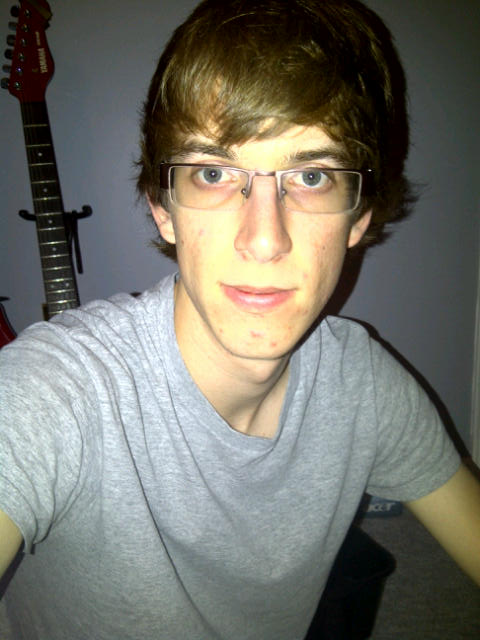Trace: » mcmullpm
This is an old revision of the document!

Paul McMullen
B.Eng Candidate (Expected 2012), Engineering Physics - Photonics Stream
Department of Engineering Physics
Email: mcmullpm@mcmaster.ca
Yahoo! Messenger: mcmullpm@yahoo.ca
Other: mcmullpm@gmail.com
Office/Lab: BSB/B101
Projects
The objective of this design project is to construct a spectrograph that can resolve the wavelengths of LEDs in the visible region of the Electromagnetic Spectrum and distinguish the colour of LED shinning into the system. A spectrograph is used to produce a visual representation for the frequency (or wavelength) spectrum for an incoming wave. For our purposes this incoming wave is light produced in the visible spectrum by an assortment of LEDs. To obtain such a spectrum, the incoming wave must be split into a spectrum of individual frequencies. Then ten photodiodes are put in the other end of system to import the inputs and by using polynomial interpolation to get a best-fit spectrum curve. The goal of the spectrograph is to be able to resolve the LED's individually The spectrometer interface can plot intensity in volts against wavelength in nm, to aid description the color of input light.
The purpose of this design project is to update the Engineering Physics 3G03 Project designed by students Yu Lou, Wei Cui and I. This project can be used as a future representation of some of the work students in the photonics stream of Engineering Physics are involved in during their undergrad career.
In September 2005, the 4A04 students were given the task of designing and constructing a device capable of competing to win four “pouring” races. The races were conducted in groups of two, with the first two races taking place approximately 7 months after the project began, and the final two races being completely a week later. The objective was to fabricate a device that has a minimal cost function, while maintaining maximum fluid transfer from the source to the container. On top of this the task was to be completed in the shortest amount of time possible. The fluid transfer was defined as “removing the contents from the source container and relocating them into the destination container.” The device was constructed such that it was capable of opening either a 351 mL can of pop, a 500 mL bottle of water, or a 591 mL bottle of pop, and transferring the contents into a 1 L plastic container. The device operates on 4 feet by 4 feet and half an inch thick piece of particleboard, which is divided into four quadrants where the source and detection containers can be placed.
The purpose of this project update the Engineering Physics 4A04 Project designed by former students Michael Bulk, Parsian Katal Mohseni, Rachel Poupore, and Andrew Rabeau. By updating the project, the project can be cleaned up and can be used in the future provide a representation of the some of the type of work that students in Engineering Physics complete during their time at McMaster.
Schedule
Summer 2011
| Monday | Tuesday | Wednesday | Thursday | Friday | |
|---|---|---|---|---|---|
| 0700 | |||||
| 0800 | |||||
| 0900 | |||||
| 1000 | |||||
| 1100 | |||||
| 1200 | |||||
| 1300 | |||||
| 1400 | |||||
| 1500 | Lab Meeting | ||||
| 1600 | Lab Meeting | ||||
| 1700 | |||||
| 1800 |
Safety Training
| Base Courses | |
|---|---|
| Course | Date |
| WHMIS | May, 2011 |
| Fire Safety Training | May, 2011 |
| Asbestos Awareness | May, 2011 |
| Ergonomics | May, 2011 |
| Slips/Trips/Falls | May, 2011 |
| Additional Courses | |
| Course | Date |
| Laser Safety | N/A |